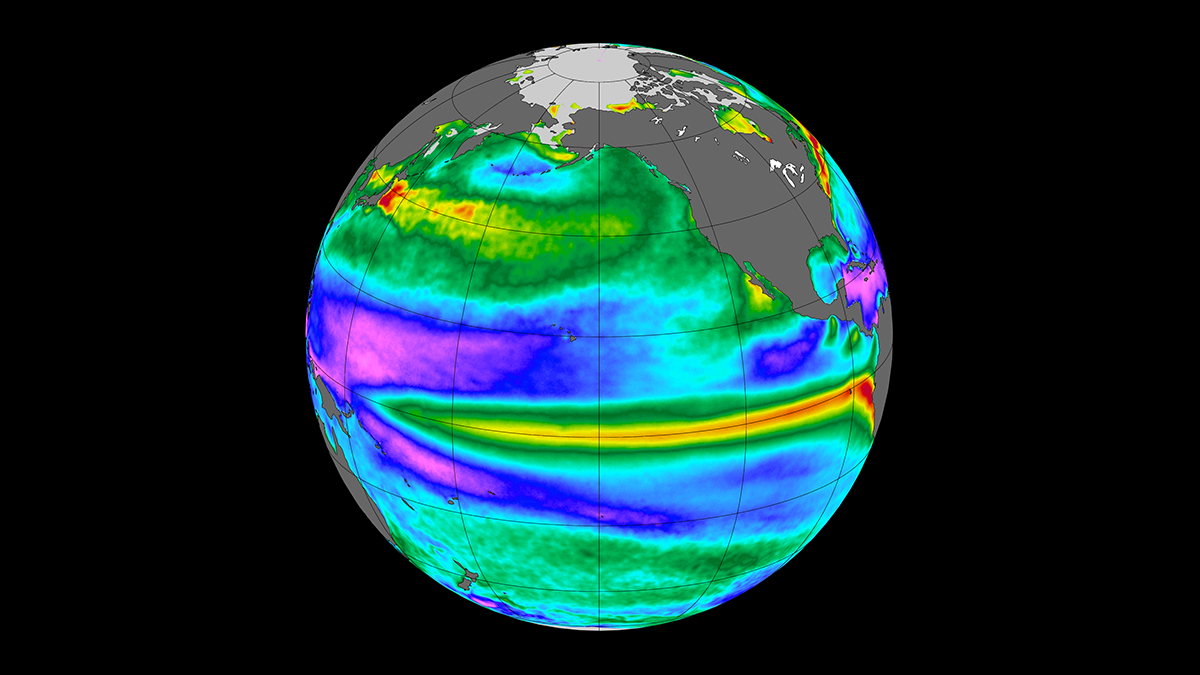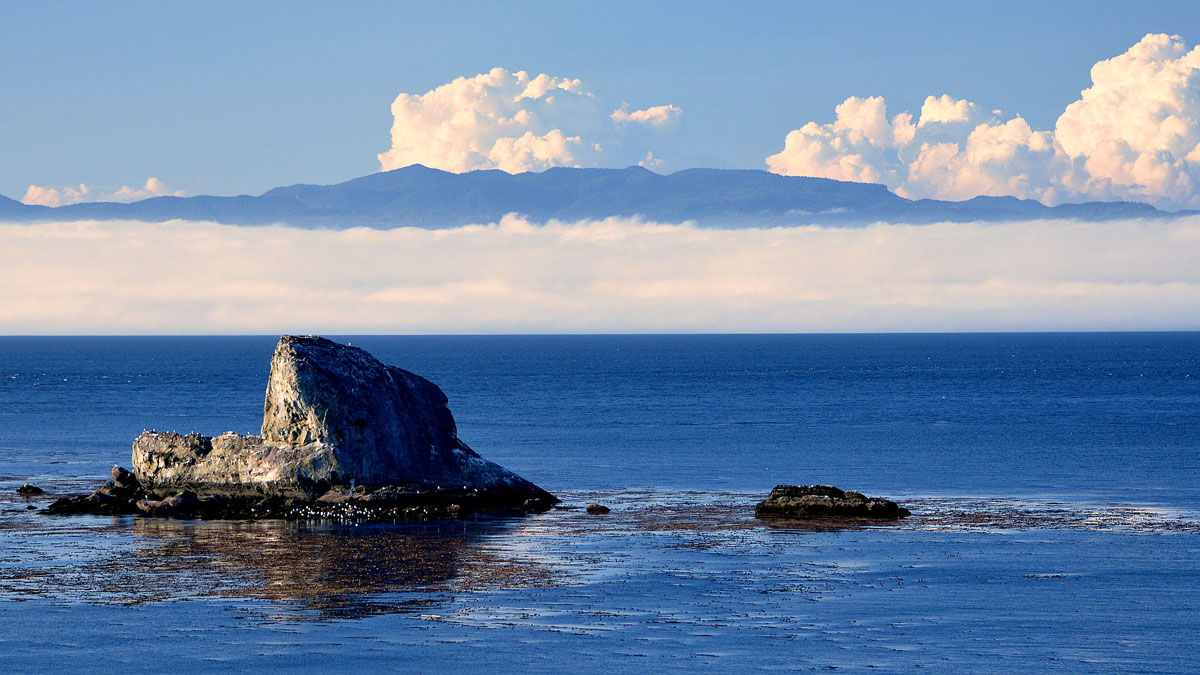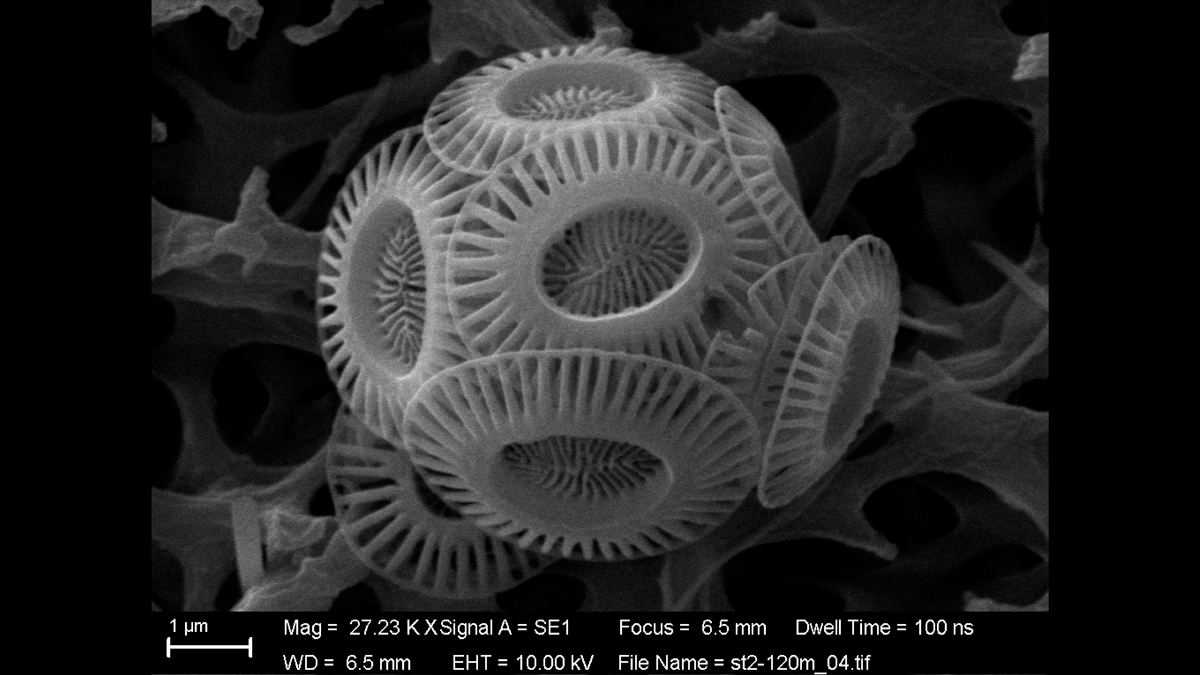Researchers measured the processes driving heat exchange between the Pacific Ocean and the atmosphere.
Pacific Ocean
Tracing Water Particles Back in Time
Every summer, a low-oxygen pool settles off Canada’s western coast. A new study uses robust modeling to track the origins of the dense water.
Understanding the Calcium Carbonate Cycle in the North Pacific
Using data collected from Hawaii to Alaska, a new study sheds light on calcium carbonate cycling in the ocean, an understudied component of the global carbon cycle.
Vehículos robóticos exploran campos de batalla de la Segunda Guerra Mundial en el océano
El Proyecto Recover usa vehículos autónomos submarinos para identificar, acceder, y captar imágenes de sitios difíciles de alcanzar con restos de la Segunda Guerra Mundial, cerca de las Islas Marianas del Norte.
Muography Array Under Tokyo Bay Spots Meteotsunami Waves
A new study shows how muons can be used to study tide and wave phenomena, helping secure coastal communities.
Modeling Atmospheric Waves from Hunga Tonga–Hunga Ha‘apai
A shallow-water oceanic model showed agreement with satellite observations of atmospheric waves produced by the eruption of the underwater volcano.
The Ocean Is Still Sucking Up Carbon—Maybe More Than We Think
Recent studies looking at carbon-sequestering microbes suggest we still have a lot to learn about the ocean’s biological carbon pump.
More Frequent El Niño Events Predicted by 2040
Cutting-edge models predict that El Niño frequency will increase within 2 decades because of climate change, regardless of emissions mitigation efforts.
Robotic Vehicles Explore World War II Era Ocean Battlefields
Project Recover used autonomous underwater vehicles to identify, access, and image hard-to-reach World War II wreckage sites near the Northern Mariana Islands.
Melting Layer Characteristics of Cyclones
Dual‐frequency Precipitation Radar observations reveal the characteristics and microphysical processes of the melting layer in cyclone precipitation over the western North Pacific.










